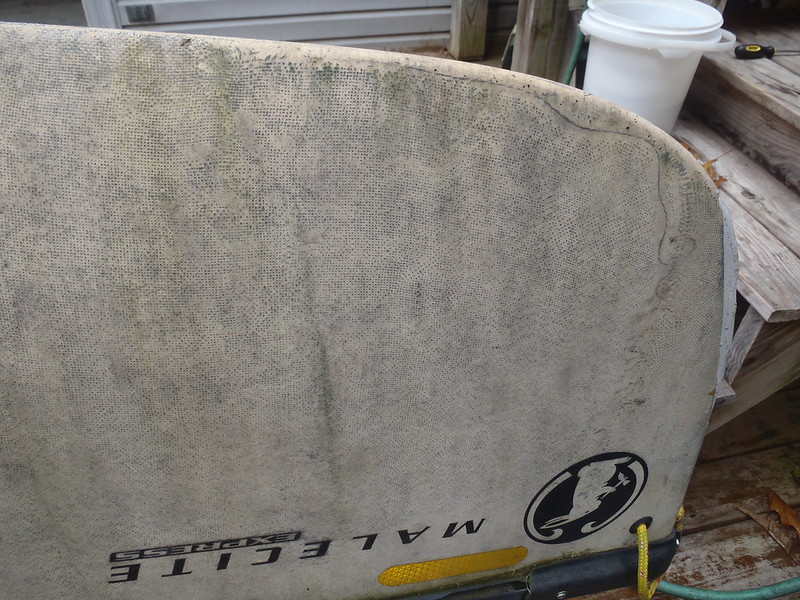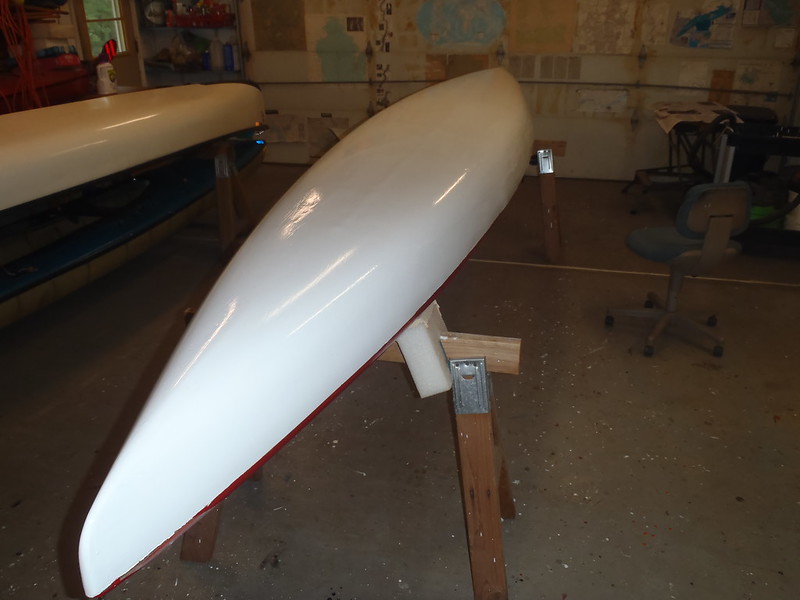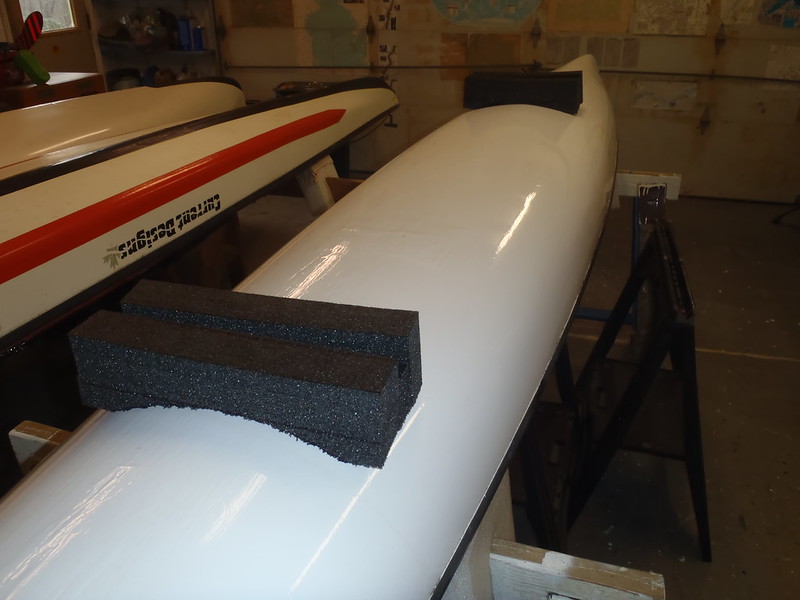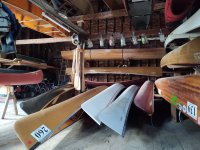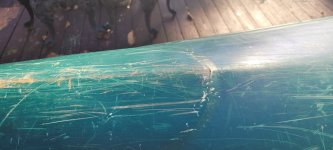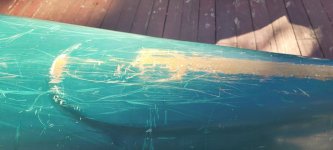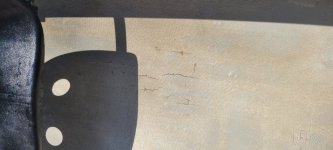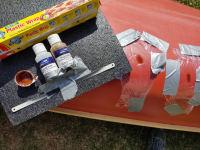I have done just what you describe on a skin coat Wenonah Rendezvous with decades of bottom scratches. It made an old, well worn canoe look like new.
I doubt Wenonah uses poly resin, more likely they use Vinylester resin, and you probably don’t want to work with that stuff.
No need to worry about gel coat issues on a skin coat hull. I would lightly sand the entire exterior and wash it. Then tape the gunwales and roll a coat of epoxy, West 105/206, or 207 (with UV inhibitors), is fine. Immediately after rolling the epoxy tip out the still wet coat by lightly dragging a foam brush end to end until the entire epoxied area has been tipped out.
Anything rolled, epoxy or paint, will leave a slight “orange peel” finish. Look closely at a sheetrock wall rolled with latex paint. Tipping out with a foam brush eliminates that orange peel surface.
I roll epoxy (or paint) half the hull at a time, first rolling one side, from keel line to gunwale in 18” increments or so from end to end, tipping out that side after it has been rolled, then doing the same to the other side.
Lots of information about rolling and tipping here. This was about rolling and tipping paint, but the technique is the same.
https://myccr.com/phpbbforum/viewtopic.php?f=49&t=48607
A single coat of epoxy will not fill every scratch. If you want to be really anal about it you can apply a second coat.
A second coat alternative, especially if using an epoxy without UV inhibitors like West 206, is to lightly sand the cured epoxy and topcoat it with a quality spar varnish, or something like Minwax Helmsman Spar Urethane.
Pluses and minuses to that varnish/urethane top coat. On the plus side it is a less expensive second (or third if you wish) top coat. Or new scratch filler years down the line. On the minus side if you need to do any future epoxy repairs you’ll need to sand away the varnish or urethane for better epoxy adhesion.
I have no experience with Petitt epoxy.



